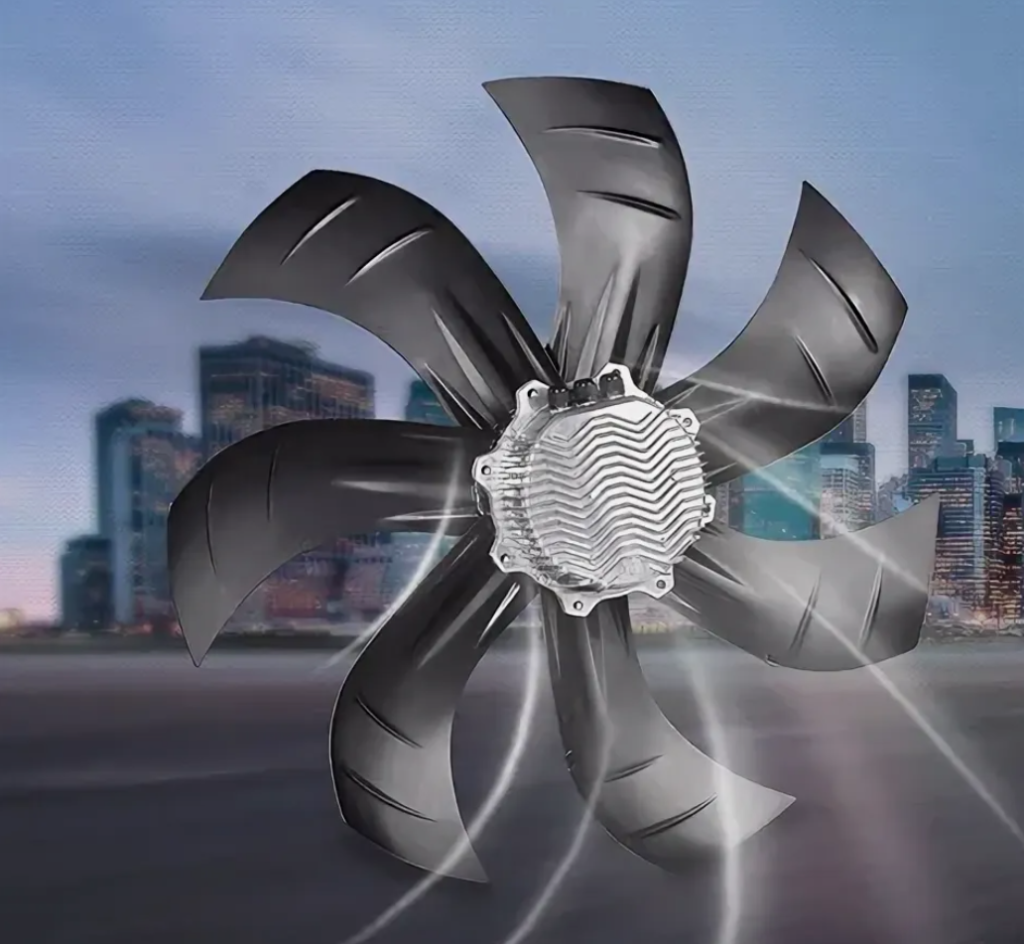
What Is an External Rotor Fan?
2025-07-05 | Fan Motor
In the world of ventilation and cooling systems, external rotor fans play a crucial role in ensuring efficient airflow and cooling. These fans are commonly used in applications where high performance and reliability are required, such as HVAC systems, industrial machinery, and air conditioning units. But what exactly is an external rotor fan, and how does it differ from other types of fans like axial fans? In this article, we will dive into the details of an external rotor fan, its construction, benefits, and typical applications.
An external rotor fan is a type of axial fan where the motor is located outside the rotor, as opposed to an internal rotor fan, where the motor is integrated within the fan’s hub. This configuration results in a more compact and energy-efficient design. The external rotor motor is mounted directly to the blades, making it a key feature of this fan type.
The primary purpose of an external rotor fan is to move air efficiently in various systems by creating a flow of air through the fan blades. The motor’s external placement allows for a streamlined design and often results in improved cooling performance due to the proximity of the motor to the blades.

The operation of an external rotor fan is fairly straightforward:
While external rotor fans are a subtype of axial fans, there are notable differences in their construction and application:
| Feature | External Rotor Fan | Axial Fan |
|---|---|---|
| Motor Placement | Motor is mounted on the exterior of the fan | Motor is usually integrated within the hub of the fan blades |
| Efficiency | Typically more energy-efficient due to external motor placement | May have lower efficiency in certain configurations |
| Size | Compact design, takes up less space | Can vary in size, but typically larger |
| Noise | Generally quieter due to improved motor design | May produce more noise depending on design |
| Cooling Performance | Provides better cooling performance with close motor-to-blade alignment | Provides good airflow but may require more power for optimal performance |
External rotor fans are used in a variety of applications, especially where space constraints, efficiency, and durability are critical:
In summary, an external rotor fan is a type of axial fan where the motor is mounted outside of the fan blades, offering several advantages like better energy efficiency, compact design, and improved cooling performance. This configuration makes external rotor fans highly effective in various applications, from HVAC systems to industrial machinery and automotive cooling. By understanding the benefits and workings of external rotor fans, businesses and engineers can make informed decisions when selecting the right fan for their specific needs.